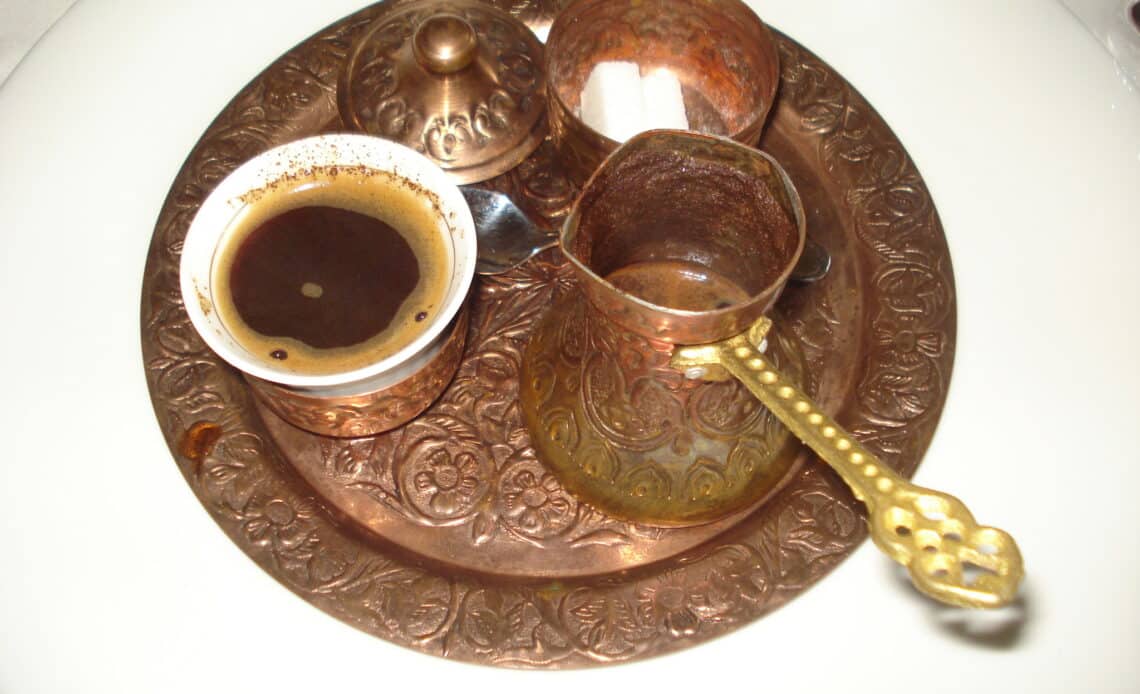
Kava, a plant native to the South Pacific, has been used for centuries for its calming effects. But when it comes to consuming food after kava, there’s a lot of curiosity and sometimes even fear. In this comprehensive guide, we’ll explore when to eat after kava, the effects of kava on the body, and how to maximize your kava experience.
Understanding Kava and Its Effects
Kava, scientifically known as Piper methysticum, is a plant native to the South Pacific. The plant’s root is used to create a drink known for its calming effects. Kava contains compounds known as kavalactones, which are responsible for its effects on the body and mind.
When consumed, kava can induce a state of relaxation, reduce anxiety, and promote a sense of well-being. It’s often used as a natural alternative to pharmaceutical treatments for stress and anxiety. However, the effects of kava can be influenced by various factors, including the time of day, the person’s body chemistry, and whether or not they have eaten.
The Role of Food in the Kava Experience
The relationship between kava and food is a unique one. Consuming kava on an empty stomach can intensify its effects, as the kavalactones are absorbed more quickly into the bloodstream. However, this can also lead to feelings of nausea or discomfort for some people.
On the other hand, eating before consuming kava can slow down the absorption of kavalactones, leading to a more gradual and potentially less intense experience. Some types of food can even enhance the effects of kava, while others might interfere with its absorption.
When to Eat After Consuming Kava
The question of when to eat after kava is a key one for many people. Generally, it’s recommended to wait at least 45 minutes to an hour after consuming kava before eating. This allows the kavalactones to be fully absorbed into the body, maximizing the calming and anxiety-reducing effects of the drink.
However, this can vary depending on the individual and the amount of kava consumed. Some people may feel comfortable eating sooner, while others may prefer to wait longer. It’s important to listen to your body and eat when you feel ready.
The Risks and Precautions of Kava Consumption
While kava is generally considered safe and effective, there are some risks and precautions to be aware of. Consuming large amounts of kava or consuming it frequently can potentially lead to liver damage. This risk may be increased if kava is consumed with alcohol or other substances that can harm the liver.
Additionally, kava can interact with certain medications and may worsen certain health conditions. If you’re considering using kava, it’s important to talk to your healthcare provider first, especially if you have any existing health conditions or are taking any medications.
Conclusion
Kava can be a powerful tool for relaxation and stress relief, but it’s important to use it responsibly. When it comes to eating after kava, listen to your body and eat when you feel comfortable, typically waiting at least 45 minutes to an hour. Always remember to consume kava in moderation and consult with a healthcare provider if you have any concerns.